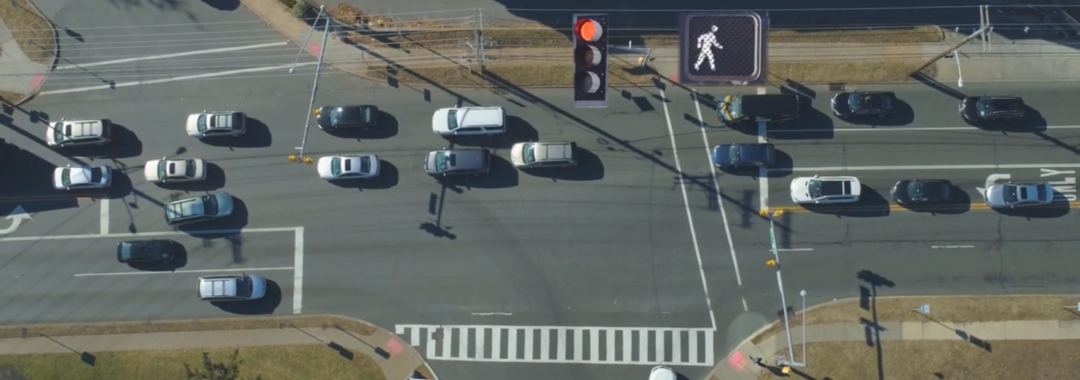The following videos describe six of FHWA’s Proven Safety Countermeasures that improve pedestrian safety. NJDOT developed these videos to train and educate viewers on the design features and safety benefits of these initiatives.
FHWA began promoting Proven Safety Countermeasures in 2008 to encourage implementation among state, tribal and local transportation agencies. The list was updated in 2012 and 2017 and now comprises 20 countermeasures that support infrastructure improvements. These safety treatments and strategies were chosen based on proven effectiveness and benefits and can be adopted to reduce roadway departures, and intersection, and pedestrian and bicycle crashes.
Safe Transportation for Every Pedestrian (STEP) has been included as an Innovation under FHWA’s Every Day Counts (EDC) Rounds 4 and 5. NJDOT has prepared videos for training purposes on several of the topics featured under STEP – specifically, Pedestrian Crossing/Refuge Islands, Pedestrian Hybrid Beacons, Road Diets and Leading Pedestrian Intervals. Other strategies advanced under STEP are Rectangular Rapid Flash Beacons, Crosswalk Visibility Enhancements, and Raised Crosswalks.
NJDOT chose the following safety initiatives as subjects for safety videos:
What is a Leading Pedestrian Interval?
Leading Pedestrian Intervals (LPIs) give pedestrians the opportunity to enter an intersection 3-7 seconds before vehicles are given a green indication. With this head start, pedestrians can better establish their presence in the crosswalk before vehicles have priority to turn left.
What is a Walkway?
Walkways are any type of defined space or pathway for use by a person traveling by foot or using a wheelchair. These may be pedestrian walkways, shared use paths, sidewalks, or roadway shoulders. FHWA defines a pedestrian walkway as a continuous way designated for pedestrians and separated from motor vehicle traffic by a space or barrier. By contrast, sidewalks are walkways that are paved and separated from the street, generally by a curb and gutter.
What is a Pedestrian Crossing Island?
Medians and Pedestrian Crossing Islands in Urban and Suburban Areas are located between opposing lanes of traffic, excluding turn lanes. They provide a safe place for pedestrians to stop at the midpoint of the roadway before crossing the remaining distance. This is particularly helpful for older pedestrians or others with limited mobility.
What is a Pedestrian Hybrid Beacon?
Pedestrian Hybrid Beacons (PHBs) are a beneficial intermediate option between Rectangular Rapid Flash Beacons (RRFBs) and a full pedestrian signal. They provide positive stop control in areas without the high pedestrian traffic volumes that typically warrant signal installation.
What is a Road Diet?
Road Diets are the removal of a travel lane or lanes from a roadway and use of the space for other purposes and travel modes, such as bike lanes, pedestrian refuge islands, or transit.
What is a Reduced Left-Turn Conflict Intersection?
Reduced Left-Turn Conflict Intersections are geometric designs that alter how left-turn movements occur in order to simplify decisions and minimize the potential for related crashes. Two highly effective designs that rely on U-turns to complete certain left-turn movements are known as the restricted crossing U-turn (RCUT) and the median U-turn (MUT).

